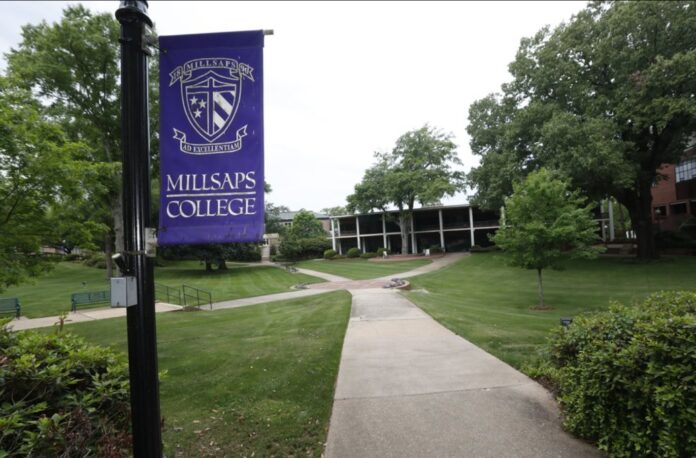College campuses are at risk of becoming super-spreaders of Covid-19 for the entire county, a new US study suggests.
Looking at the 30 campuses in the U.S. with the most reported cases, the researchers saw that more than half of the institutions had spikes, at their peak, that were well above 1,000 coronavirus cases per 100,000. people per week within the first two weeks of school.
“Our results confirm widespread fear in the early fall that universities could become the new hot spots for Covid-19 transmission. But at the same time, university administrators should be applauded for their quick responses to successfully manage local outbreaks, ”said researcher Ellen Kuhl from Stanford University in the USA.
For the study, published in the journal Computer Methods in Biomechanics and Biomedical Engineering, the research team used advanced models, which assess the real-time epidemiology of the Covid-19 outbreak using a SEIR (susceptible, exposed, infectious, and recovered) model. . to map how the disease spread across campuses.
They drew Covid-19 case reports from 30 publicly available university panels in the US during the fall (fall, September to December) of 2020. These institutions taught in person, online, or a combination of both.
They selected universities whose case numbers are reported daily and the total number of accumulated cases exceeded 100.
During this time period, the national number of new cases had fallen below 50,000 per day.
All reported campuses conducted periodic, weekly, or even twice-weekly surveillance testing, combined with aggressive testing, tracking, and isolation strategies.
“Most colleges and universities were able to quickly manage their outbreaks and suppress campus-wide infections, while neighboring communities were less successful in controlling the spread of the virus,” said Hannah Lu of the university.
“As a result, for most institutions, the dynamics of the outbreak remained manageable throughout the fall of 2020 with narrow peaks of less than 300 cases per day,” Lu added.
The team believes that this methodology, in combination with continuous online learning, is the best way to prevent university sites from becoming the main center of the disease.











